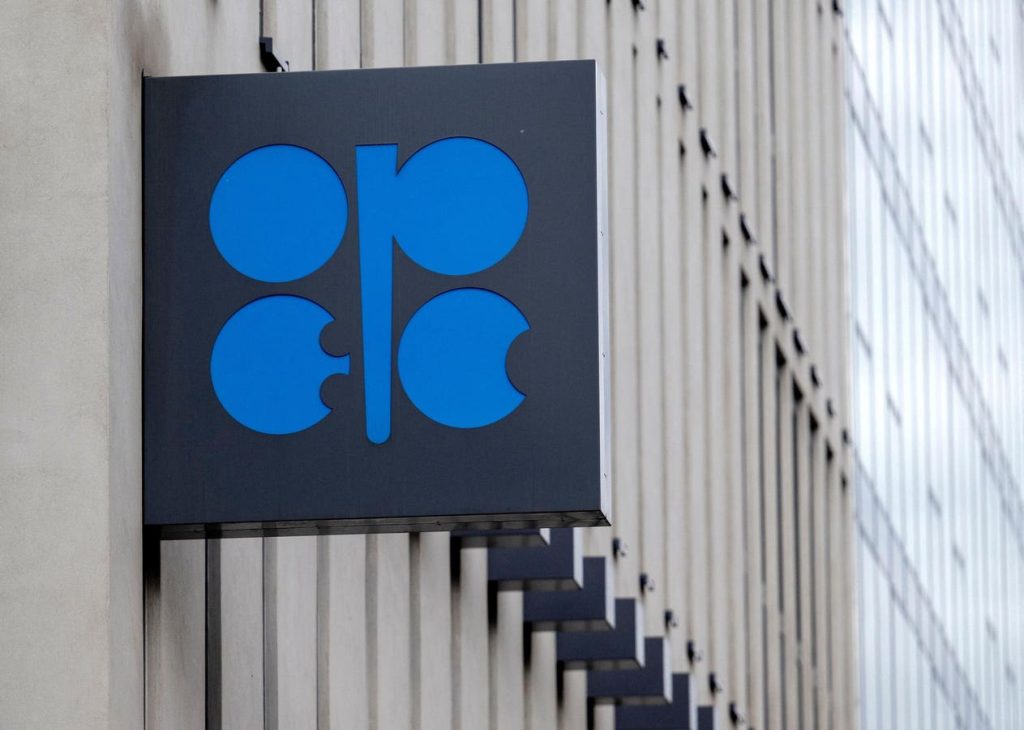As May comes to an end, the focus is on the upcoming OPEC+ meeting to discuss production levels amidst increasing demand in Asia, the world’s leading crude oil importing region. LSEG Oil Research data shows that Asia’s crude oil imports have seen a significant uptick of nearly 1 million barrels per day in May compared to April. Interestingly, most of this increase has been driven by India rather than China, with Delhi’s crude imports reaching a record high of 5.26 million bpd in May, a 15% increase from April. In contrast, China’s imports decreased to 10.72 million bpd in May, its lowest since January.
Despite the positive uptick in India’s imports, the uncertainty surrounding China, the world’s largest importer of crude oil, remains a cause for concern. Russia continues to be the largest supplier to both nations, followed by Saudi Arabia in the case of China, and Iraq in the case of India. The recent increase in India’s imports may partly be attributed to its weeks-long election cycle, but these developments are not enough to provide a clear direction to the market.
In March, OPEC+ agreed to extend its oil production cuts until the end of June to stabilize the market. Despite this decision, oil prices have remained range-bound, with the Brent front month futures contract currently below $85 per barrel. There is speculation that OPEC+ may adopt a wait-and-see stance in the coming months, with further production cuts unlikely and increasing production risking a further slide in oil prices. The internal discord within the group, highlighted by Angola’s departure from OPEC, adds to the challenges faced by OPEC+ in maintaining market discipline.
As the oil market remains relatively stable, with the market already factoring in an unchanged OPEC+ stance in June, the group may struggle to maintain internal discipline and market share. The upcoming OPEC+ meeting will likely involve discussions on the future course of action, as members may feel pressured to make decisions that benefit their individual interests while keeping the broader market in mind. The global oil market will closely monitor OPEC+ decisions and any indications of potential changes in production levels in the coming months.


